Cement
A substance called cement is used to bind and harden other materials. Cement and water undergo a chemical process called “hydration” to set and harden. The term “curing” refers to the process of hardening, which calls for specific humidity and temperature levels.
In masonry building, cement can be combined with a fine aggregate and water to create mortar, which is used as a bedding and adhesive to bind and fill the spaces between adjacent brick, concrete, or stone blocks.
It can also be used to create renders, screeds, and other materials by mixing it with water, aggregates (such gravel, sand, or rock), and occasionally admixtures. The total strength and quality of the mix will depend on the water to cement ratio.
The precise characteristics of the cement paste are crucial:
– After mixing, the mixture must remain fluid for a while so that it can be shaped into its final form.
– After that, it must harden and become strong enough to bind the aggregates together and create a durable substance.
Cement is a substance that binds other solid material matter into a compact, durable form using adhesive and cohesive forces. A powdered mineral compound called cement, which contains lime or gypsum, when combined with water creates a paste that sets and hardens into a hard and brittle solid. It serves as a binder in the creation of plaster, mortar, and concrete.
Both natural and synthetic cements exist.
– Natural cements come from cement stones, such as Roman cement, Puzzolana cement, and Medina cement.
– Artificial cements are made in factories, such as Portland cement and other specialized cements.
All building and civil engineering construction projects make substantial use of cement, especially when it comes to structural components that require great strength. Bridge abutments, piers, retaining walls, towers, big structures like suspended bridges, silos, and chimneys, as well as those exposed to the action of water, including dams and reservoirs, are all included in this.
Variety of cement
Portland cement
An intimate and appropriately proportioned mixture of argillaceous and calcareous elements, known as clinker, is obtained by calcining it to the point of incipient fusion and is then finely ground to create Portland cement. Ordinary Portland Cement (OPC) is divided into many categories based on its physical characteristics, which include fineness, soundness, initial and final setting times, and compressive strength. There are required compressive strengths in MPa for each type of cement: Category A: 32 to 37.5, B: 37.5 to 42.5, C: 42.5 to 47.5, D: 52.5 to 52.5, and F: 57.5 to 62.5
The qualities of cement can be altered to suit the desired application in a particular environment by altering the chemical composition of OPC using additives or other kinds of raw materials.
Rapid hardening Portland cement
The final strength is just somewhat higher, but this hardens more quickly than Portland cement because it contains more silicates. With the same water-cement ratio, this cement has a one-day strength that is equivalent to Portland cement’s three-day strength. It is primarily utilized while removing formwork to be reused.
Rapid Hardening Portland Cement (RHPC) is created by incorporating lime into OPC clinker; RHPC can reach the same strength as regular Portland Cement (OPC) in just one day. It requires a lot of water for workability, which later results in shrinkage. Because it ages more quickly, concrete manufactured with rapid hardening cement is employed on structural elements that are exposed to freezing temperatures. Its characteristics include a 30-minute initial setting time, a 10-hour final setting time, a 16-nanometer compressive strength after one day, and a 27.5-nanometer compressive strength after three days.
Road and bridge building and repair, as well as the application of load to components shortly after concrete casting, all involve the usage of RHPC.
Super-sulphated Portland cement
Calcium sulfate, 33-grade Portland cement, and granulated blast furnace slag are combined and finely ground to create SSPC. Concrete built with supersulphated Portland cement has more water resistance than concrete made with regular Portland cement. This is because there isn’t any free calcium oxide hydrate present. Its characteristics include low heat hydration, resistance to chemical attacks—particularly sulfate attacks—and compressive strength at three, seven, and 28 days of 15N/mm, 22N/mm, and 30N/mm, respectively.
The use of reinforced cement concrete (RCC) pipes in ground water, concrete buildings in sulfate-bearing soils, sewers carrying industrial effluents, and concrete exposed to concentrated sulphates of weak mineral acids are examples of hydraulic engineering installations and constructions that use SSPC. Constructions subjected to abrupt temperature changes, such as freezing and thawing circumstances, do not use SSPC.
Sulphate-resisting Portland cement
Sulphates can degrade building materials and are found in rain and sea water. When concrete is at risk of deterioration from sulphate attack, sulphate resistant cement, a form of modified Portland cement, can be utilized.
A combination of calcareous and argillaceous, silica, alumina, and iron oxide-bearing minerals are ground and blended to create SRPC.
Portland Slag Cement
Portland cement and finely ground slag are thoroughly and consistently blended to create Portland slag cement.
Its characteristics are the same as those of regular Portland cement, including initial and final setting times of 30 minutes to 10 hours, compressive strength of 10N/mm2 at 3 days, 16N/mm2 at 7 days, and 33N/mm2 at 28 days.
Low Heat Portland cement
This is a specially blended cement for mass concreting that has low heat of hydration properties. This type of cement has an advantage over regular Portland cement because, despite having a slower strength growth, it has a higher ultimate strength and is easier to work with.
LHPC is made to reduce the heat generated during the hydration of regular Ordinary Portland Cement. Although the pace of strength development is sluggish, the cement eventually has the same strength as regular Portland cement.
Less heat is released during setting, with initial setting lasting 60 minutes and final setting lasting 10 hours. Compressive strength is 10 N/mm2 after three days, 16 N/mm2 after seven days, and 35 N/mm2 after 28 days.
Suitable for large-scale mass concrete construction projects including dams and raft foundations.
Portland puzzolana cement
Portland cement and fine puzzolana are blended consistently and finely to create PPC (burnt clay, shale or fly ash). Puzzola doesn’t have cementitious qualities by itself, but when combined with lime, a stable lime-puzzolana combination is created that does.
It has more water resistance than regular Portland cement, greater chemical resistance, and a slower rate of strength growth, but its ultimate strength is equal to regular Portland cement’s, making it appropriate for marine work.
Portland Puzzolana cement is utilized for mass concrete operations, such as dam building and regions where concrete would be subjected to extremely high temperatures, like in incinerators, because of its low heat evolution feature.
Quick-setting Portland cement
In order to create QSPC, the amount of gypsum is decreased, and a little amount of aluminum sulphate that has been crushed into a finer powder than regular Portland cement is added.
Five minutes for the initial setting and thirty minutes for the final setting
Used while pouring cement concrete in rushing water or under water.
High alumina cement
Calcium aluminates, as opposed to calcium silicates, make up high alumina cement (HAC, also known as calcium aluminate cement (CAC) or aluminous cement). Bauxite and limestone or chalk are used in its production.
HAC has a long history of use in structural concrete, such as pre-cast beams, and maritime applications where it was thought to be chemically resistant. But in the UK, HAC is no longer used in structural concrete because it is susceptible to a crystalline re-arrangement (or “conversion”) that can lead to decreased strength and vulnerability to chemical assault when exposed to water for an extended period of time.
Contrary to Portland cement, which is made up of calcium silicates, High Alumina Cement (HAC), sometimes referred to as Calcium Aluminate Cement (CAC) or aluminous cement, is made up of calcium aluminates. Bauxite and limestone or chalk are used in its production (Special clay having extremely high alumina content).
Lafarge, a manufacturer of cement, originally created HAC, which was made available in the UK in 1925. It was employed particularly for maritime applications since it was thought to be chemically resistant. It gained popularity in the 1950s, 1960s, and 1970s because it was very quick to create and developed strength quickly. Pre-cast beams and other structural concrete components frequently used it.
However, when exposed to water for an extended period of time, HAC was vulnerable to a crystalline re-arrangement (or “conversion”) that might diminish strength and make it more susceptible to chemical attack (perhaps as a result of poor detailing or poor manufacturing). This led to five highly publicized structural collapses of roof beams throughout the 1970s (where the presence of water is more frequent).
“Those words—or the abbreviation “HAC”—are fast and mercilessly becoming a combination of anguish, apprehension, worry, and terror for thousands of individuals in the United Kingdom,” remarked Neil Macfarlane, MP for Sutton and Cheam, in 1975.
Although it is still common in structures built in the 1950s and 1960s, HAC is no longer used in structural concrete in the UK. However, it is still used for non-structural purposes under the name Calcium Aluminate Cement (CAC).
Building Regulations Advisory Committee (BRAC) of the Department of the Environment (DOE) developed guidelines for design-check processes for high alumina cement in 1975. This guidance, also referred to as the BRAC rules, is still the best recommendation available and is still utilized to evaluate the structural performance of structures that incorporate pre-cast HAC concrete beams.
It should be noted that many structures with HAC components are completely trouble-free, and any issues that have arisen have been linked to manufacturing mistakes. However, testing should be done if HAC is suspected to be present, and if it is, HAC components’ strength and long-term durability should be evaluated. Most certainly, this calls for professional counsel.
Ferro-cement
A composite material called ferro-cement is constructed of steel wire mesh and mortar. It is a type of reinforced concrete that is incredibly adaptable.
A composite material called ferro-cement is constructed of steel wire mesh and mortar. It is a type of reinforced concrete that is incredibly adaptable.
The mesh should mesh consistently across the cross-section after being shaped into the shape of the structure in thin sections. Rebar is occasionally utilized to stiffen the structure. The stiff mortar is applied to both sides of the reinforcement layer in the desired thickness. It is important to take care to completely cover the metal with mortar to prevent corrosion.
The quality of the sand/cement mortar mix and the quantity of reinforcing elements employed determine the strength of the ferro-cement.
Ferro-cement is frequently used to create relatively thin yet durable surfaces and constructions, such as water tanks, shell roofs, and other buildings.
Ferro-cement constructions are typically found in nations with cheap labor prices, such as the Asia and the Pacific regions, due to the higher labor requirements for the construction process.
Ferro-cement has the following benefits: – It may be formed into any shape needed.
– Low-skill, relatively simple work is construction.
– It is made of a lightweight material that is also durable.
– Relatively economical.
Following are some drawbacks of ferro-cement:
– Attaching ferro-cement with bolts, screws, nails, and other fasteners might be challenging.
– A labor-intensive building technique.
– Tying rods and mesh together takes a lot of time.
– May be susceptible to piercing by sharp items.
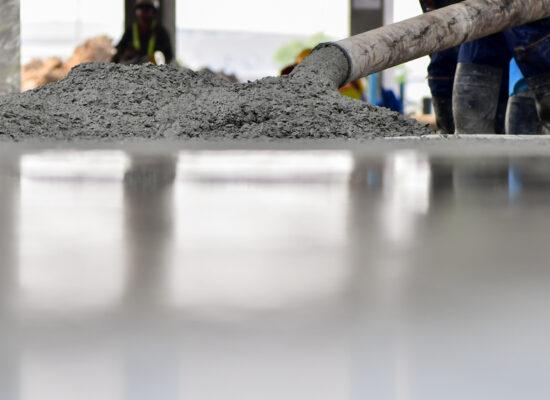
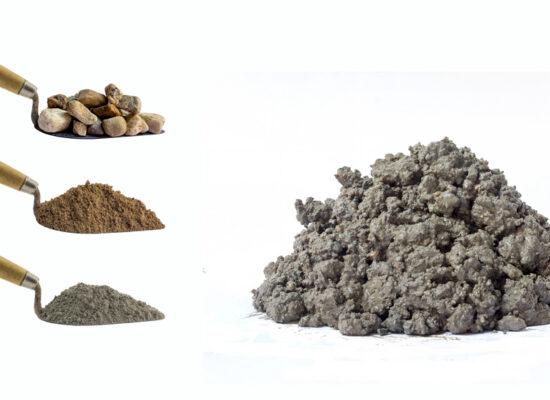
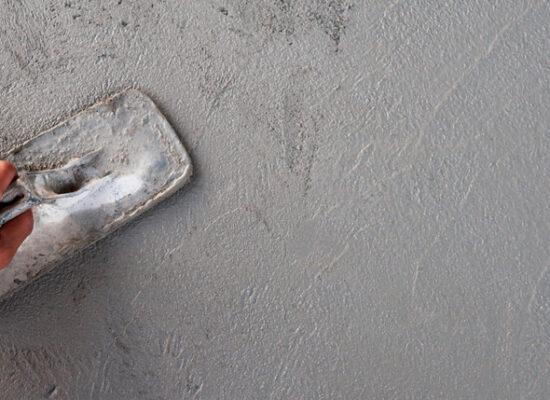
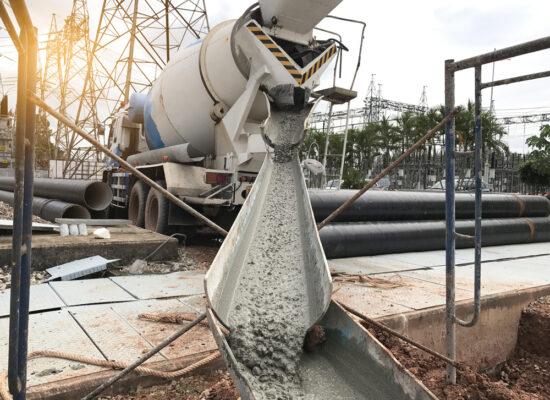
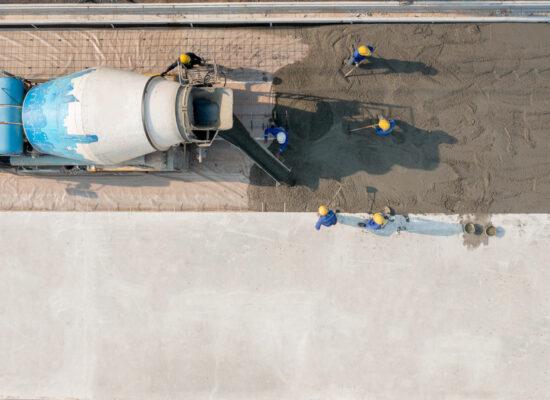
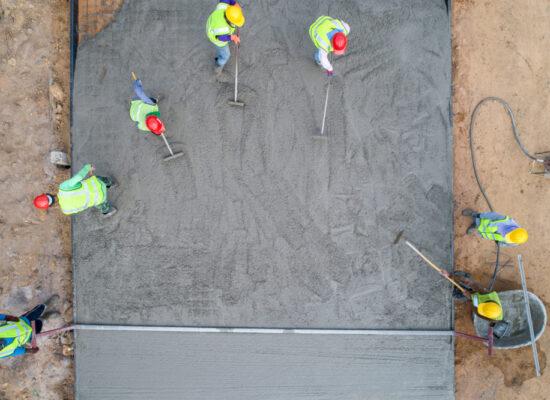
© Arbemu. All rights reserved